With virus lockdown restrictions lifting, here in Britain we are beginning to show some semblance of a return to normality. Pubs, restaurants and cafes are open, joining general shops which were unshackled a few weeks ago. For me, one of the much missed treats was to take a long walk with the promise of a coffee and a bun at the end. In the past, much of my writing has been done in coffee shops or one flavour or another. Fortunately, the cafes are now open. I shun the places without tables (I just don’t do takeaway) but I have no difficulty now in parking myself for an hour or two.
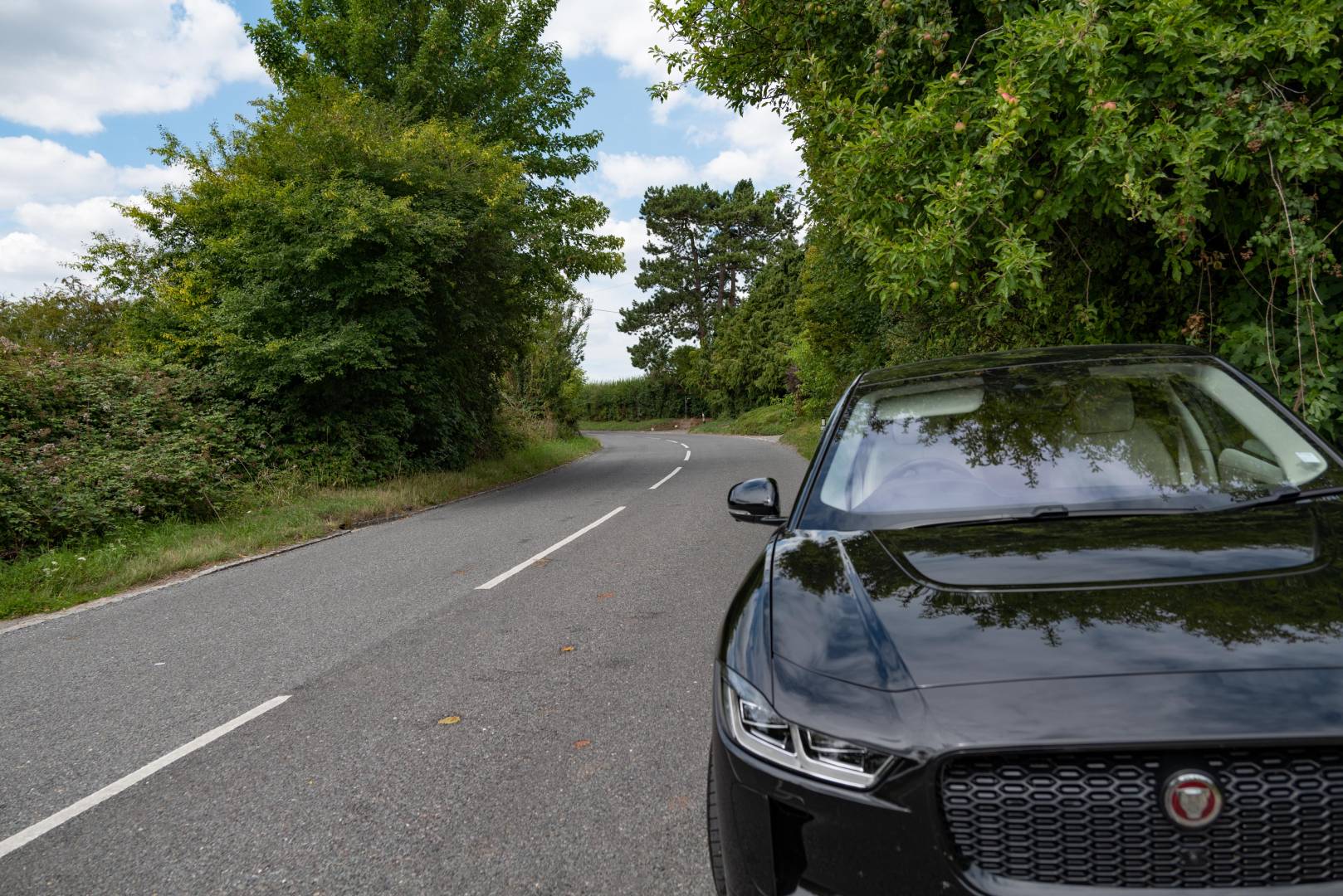
Road travel is also getting back to normal and a few weeks ago I took the Oskar – my Jaguar I-Pace Monochrome (because it’s black with white inside) – on the longest trip since lockdown. Salisbury, where I was visiting friends Peter and Mary, is just 86 miles from home, so an easy round trip in an electric car without needing to plug in.
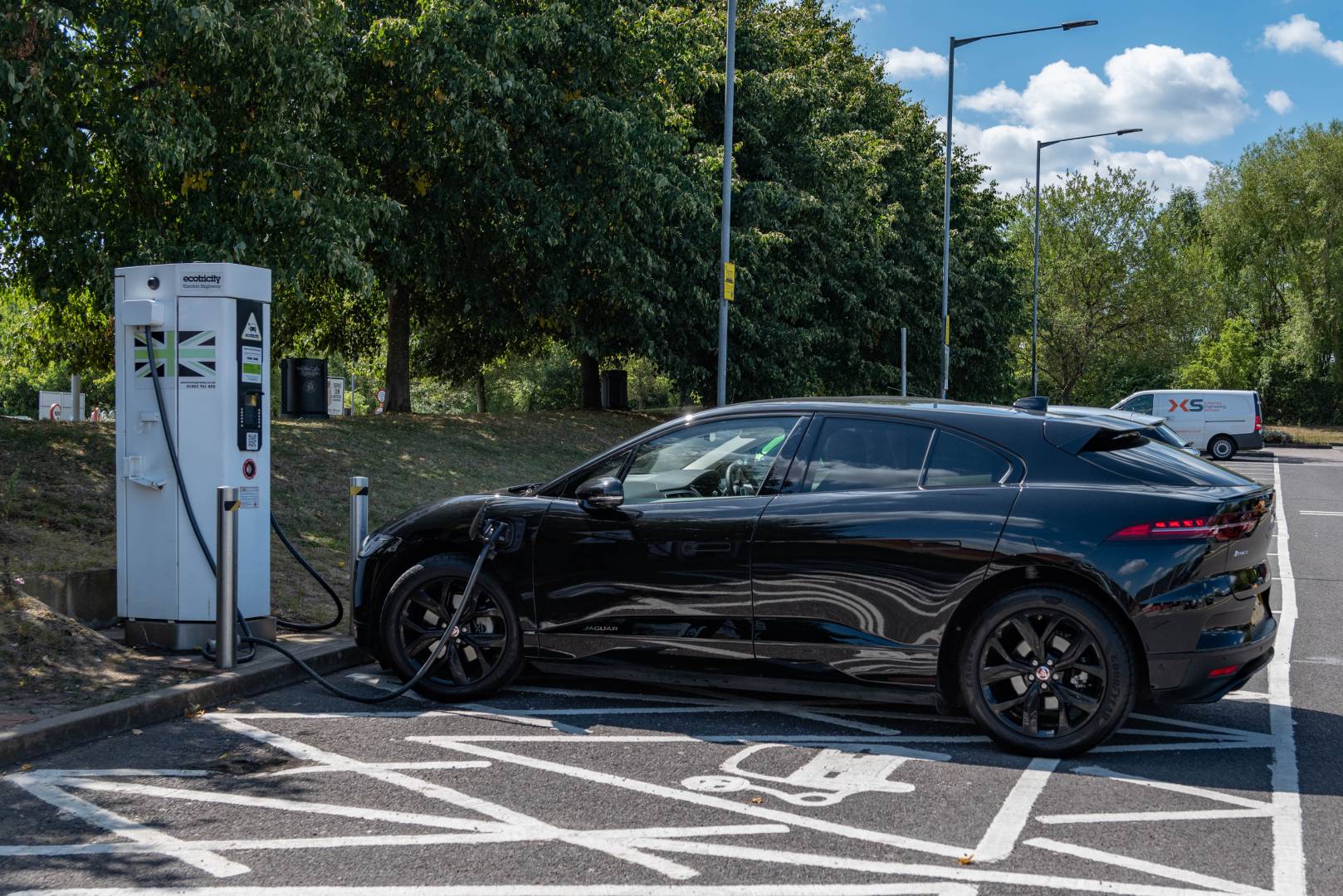
Readers will recall that I purchased the car, second-hand, in late January, just in time for lockdown. Bad move or not, the car has been doing a good job plying between home and the supermarket once a week. And I’ve squeezed in a few slightly longer trips. It’s staggering, though, to find I’ve clocked up nearly 3,400 electric miles since the start of February, despite lockdown. It doesn’t seem possible; the odometer is probably running fast.
With nearly 7,000 miles on the clock, though, the I-Pace is now nicely run in. I’m not sure that electric cars need running in, but old habits die hard. At any rate, all the moving bits are moving in the right direction and the cat is behaving impeccably.
When I took delivery in the winter, the range on a charge was about 225 miles – compared with the 298 which Jaguar claims. That wasn’t too surprising since official figures are achieved in ultra controlled conditions which are but a figment in the imagination of ordinary mortals. Take no notice of them. Real world range, which depends on a long list of factors, is the only yardstick.

Many things have a bearing on battery life, including, curiously, the size of wheels. My car has 20in wheels, but the smaller 18in wheels would increase the range by about 17 miles while the larger 22 inchers would have the opposite effect, eleven miles less. I’ve discovered that my particular combination of urban and highway driving results in a summer range of 250, nearly ten miles more than Jaguar’s estimate (below).
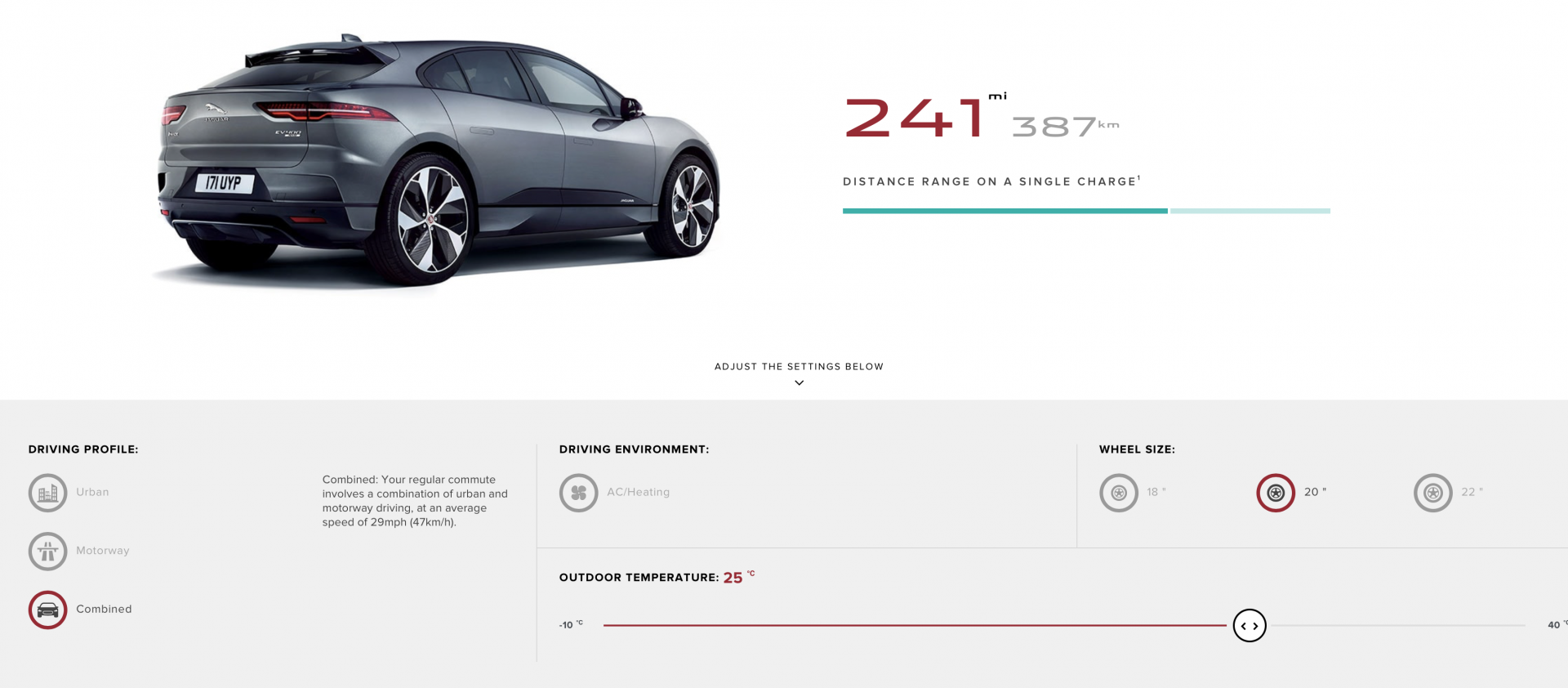
Apart from climate, either heating or cooling, the other major factor is ambient temperature. At this time of the year in southern England, conditions are ideal for maximum range from the batteries. As I have now ascertained, my winter range is 225 miles, summer range 250 miles. I could increase these figures by driving unreasonably slowly (say, 55 mph on the motorway while using economy mode). I do use Economy mode on straight roads and it’s no hardship. But there’s no fun in toddling along at fifty-five. Better to recharge as needed.

On the Salisbury run, I cruised most of the way at 70 mph, using economy mode. In this mode (the others are “comfort” and “dynamic”) the climate functions are moderated; it’s comfortable but you don’t get the icy blast you might expect. In fact, eco suits the British climate of no-extremes pretty well. The total journey was 170 miles which I covered at an average speed of 55 mph. Fuel consumption was 345 watts per mile, rather thirsty by most EV standards. It’s about 5.2 pence per mile on our relatively expensive domestic tariff of 15 pence per kWh. I’ve since discovered that I can get the consumption down to 300 watts per mile, or 30 kWh (costing £4.50) per hundred miles.

However, when you look at the journey overall, this entire trip cost under £9, which is pretty good by the standards of the internal combustion engine. That £9-worth of electricity would buy about 1.5 gallons of fuel, which means the journey of 170 miles was done at the rate of over 100 mpg. That’s good for a large SUV, even though a Tesla Model 3 or S would do even better because of their greater efficiency. Incidentally, our many American readers, living in the land of cheap fuel, will probably find these costs outrageous, even allowing for the difference between the US and the Imperial gallon. For Europe, though, expensive fuel is the norm.
Almost all my motoring so far has been what I would call local — travelling no more than 100 miles from home so I can return on one charge. As a result, I have not had to use the public charging network other than for experimentation and to build general familiarity for when I really need it.
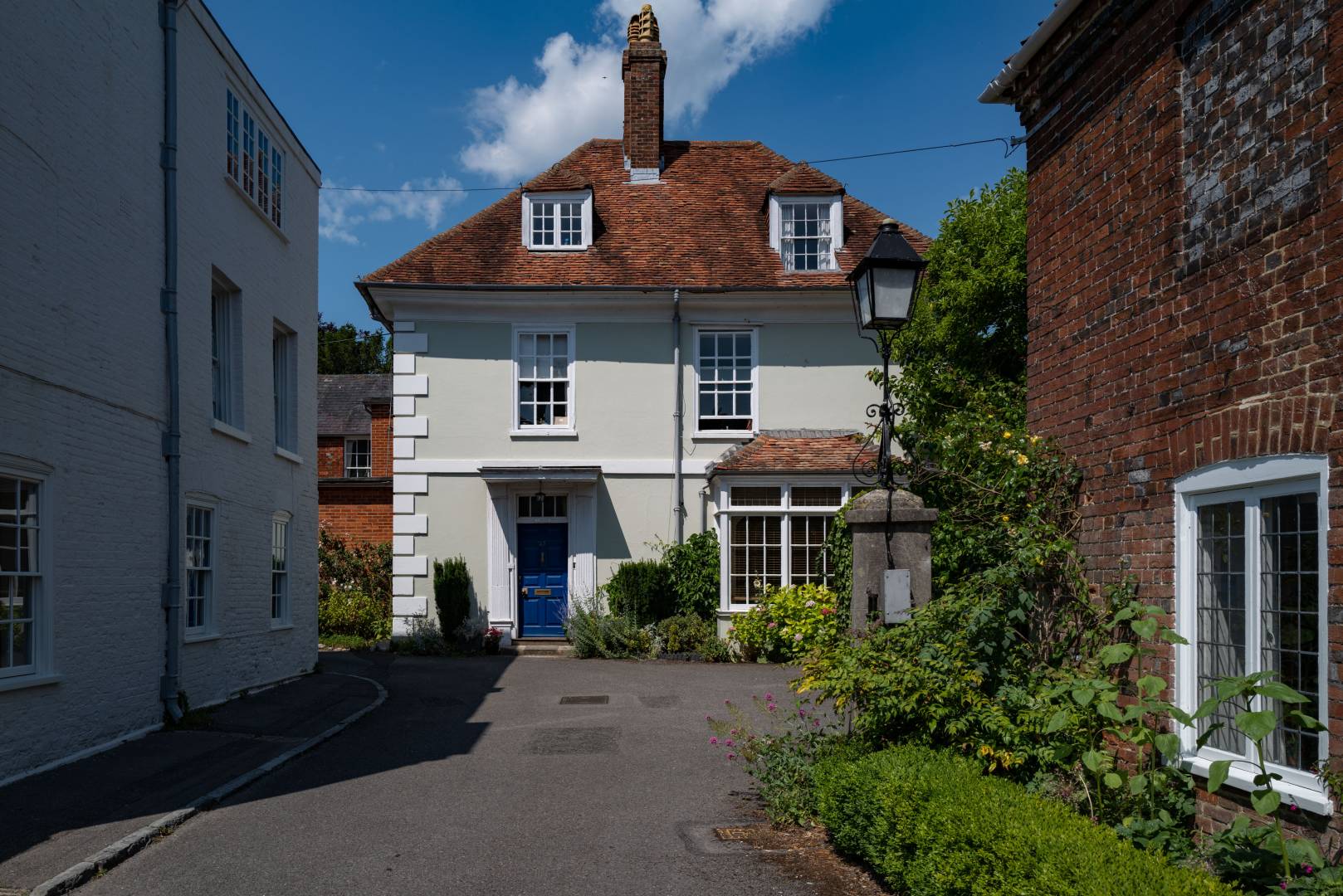
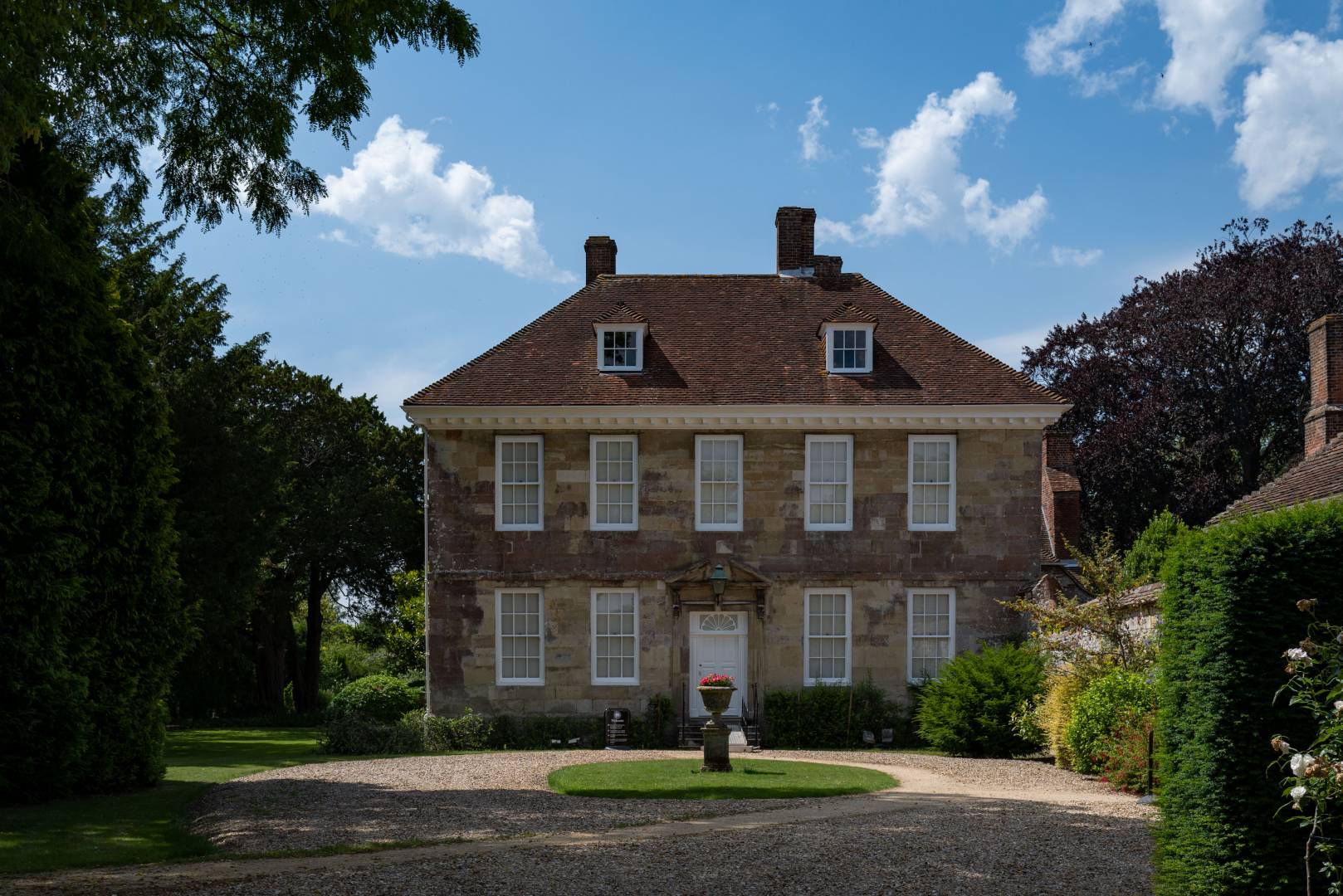
This state of affairs is almost entirely down to the lockdown. I would normally undertake two or three longer journeys of, maybe, 500 miles round, during a typical six-month period. What I have discovered, however, is that the public charging network in the UK is patchy and much less convenient than Tesla’s wonderful Supercharger system. I will have a lot more to write on this subject as the journeys mount. As the moment, as I hinted earlier, I have not had the long-journey experience to feel confident in commenting on the charging infrastructure.
Mompesson House on the far side of the green. The house is owned by the National Trust and is open to visitors. A closer view of Mompesson House with Subodh Gupta’s “When Soak Becomes Spill” in the foreground. When Soak Becomes Spill by Subodh Gupta, 2008
But back to my visit to Salisbury. It’s been a favourite day trip for many years and I particularly love the Cathedral Close, the largest such close in the UK. On this occasion I was fortunate to have a guided tour by Peter and Mary who, some years ago, actually lived in the close and know it well.
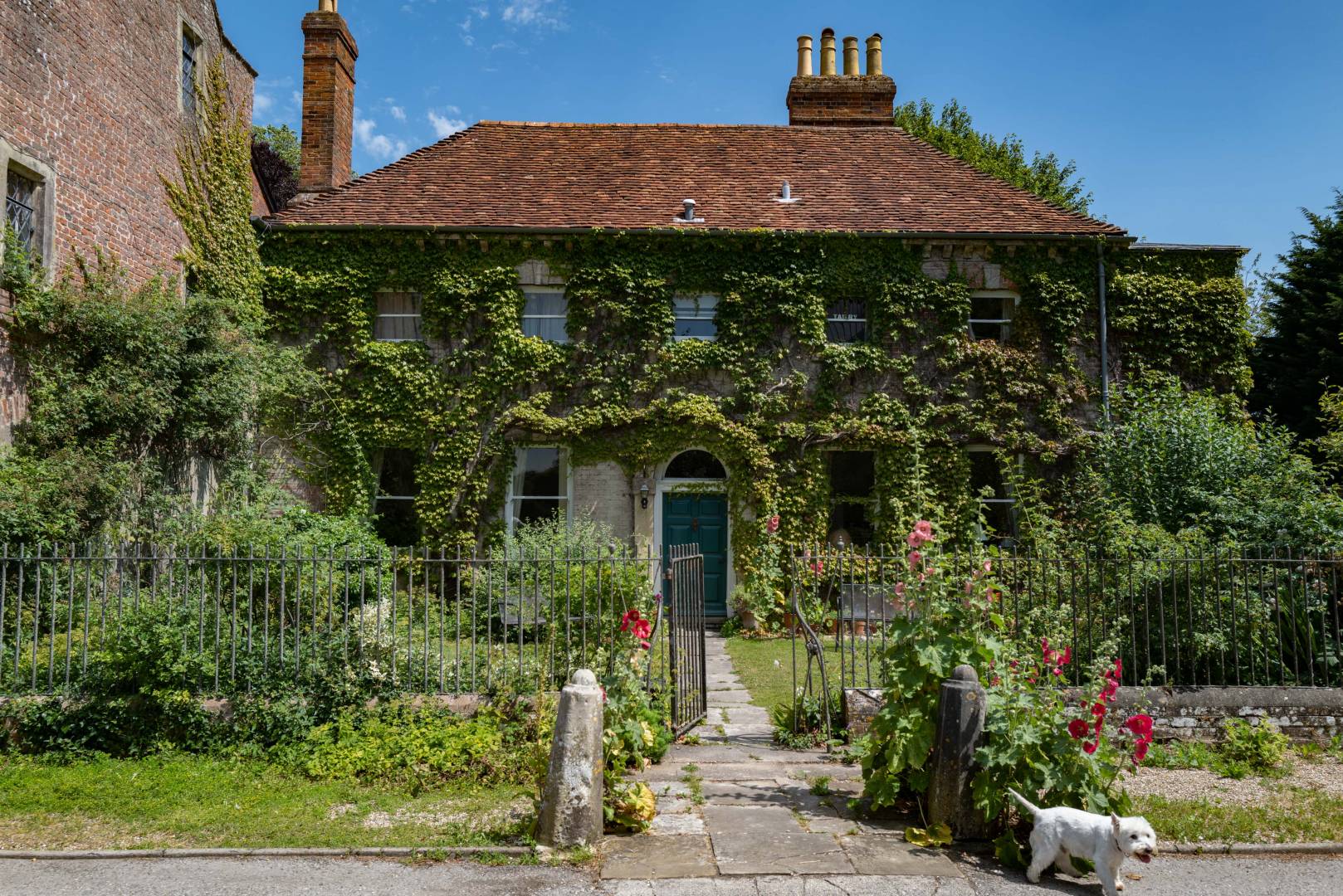
The cathedral itself was built over an astonishingly short span of 38 years between 1220 and 1258. It is regarded as one of the finest examples of early English architecture and, since 1549, has sported Britain’s tallest spire at 404ft. The expansive close, surrounded by some outstanding historic houses, is a wonderful place to spend a quiet summer’s afternoon. The cathedral also houses one of the best-preserved original copies of Magna Carta which is open to public viewing.
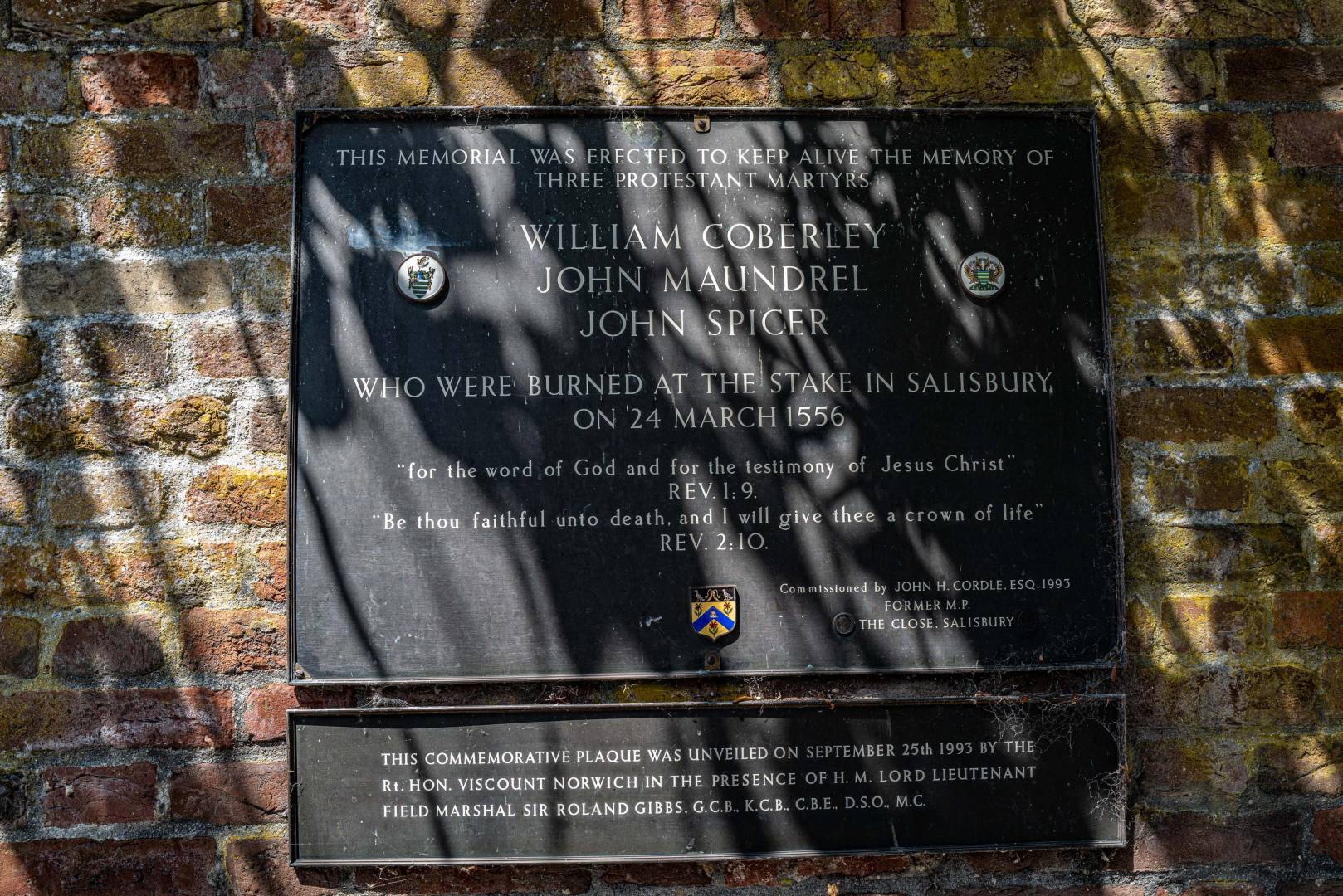
Sadly, the innocent and beautiful city of Salisbury has not always been one of sweetness and light. Salisbury has had its moments. In 1556, for instance, three Protestants were burned at the stake during the reign of Queen Mary. And in 2018 the city was the scene of the infamous nerve-agent poisoning of Sergei and Yulia Skripal.
Walking statue, walking visitors The Walking Modonna by Elizabath Frink Now what the…. it’s Henry Moore’s “ Large reclining Figure” The rear courtyard of the museum At the far side of these meadows, by the treeline across the River Avon, Constable sat to paint his famous “Salisbury Cathedral from the Meadows”


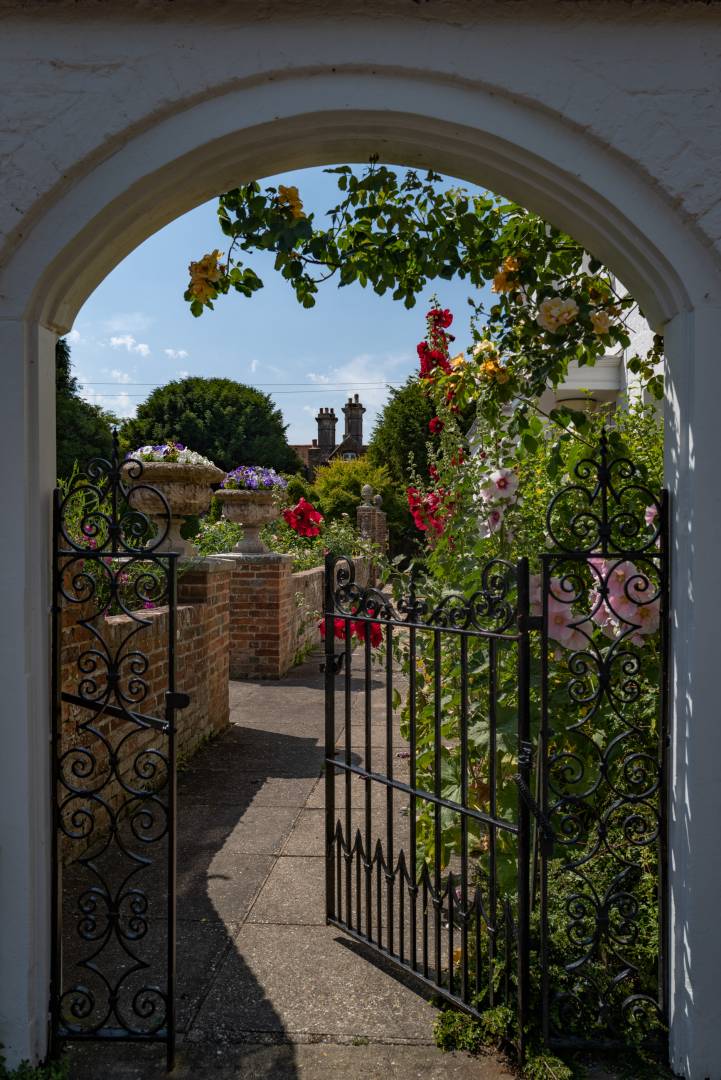
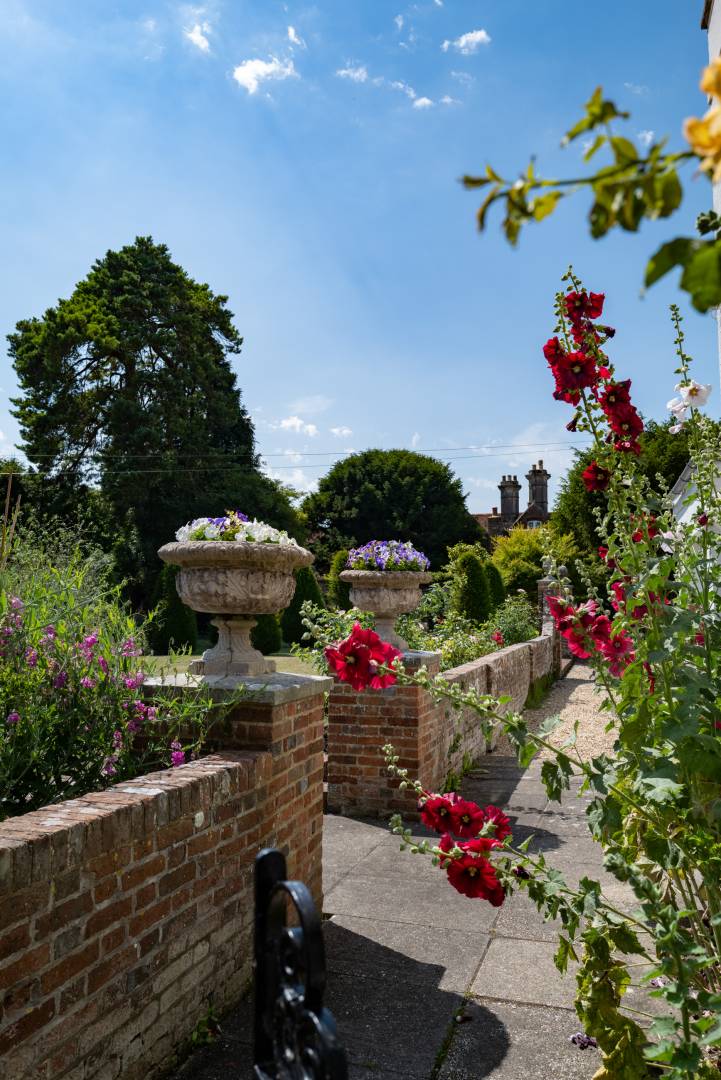
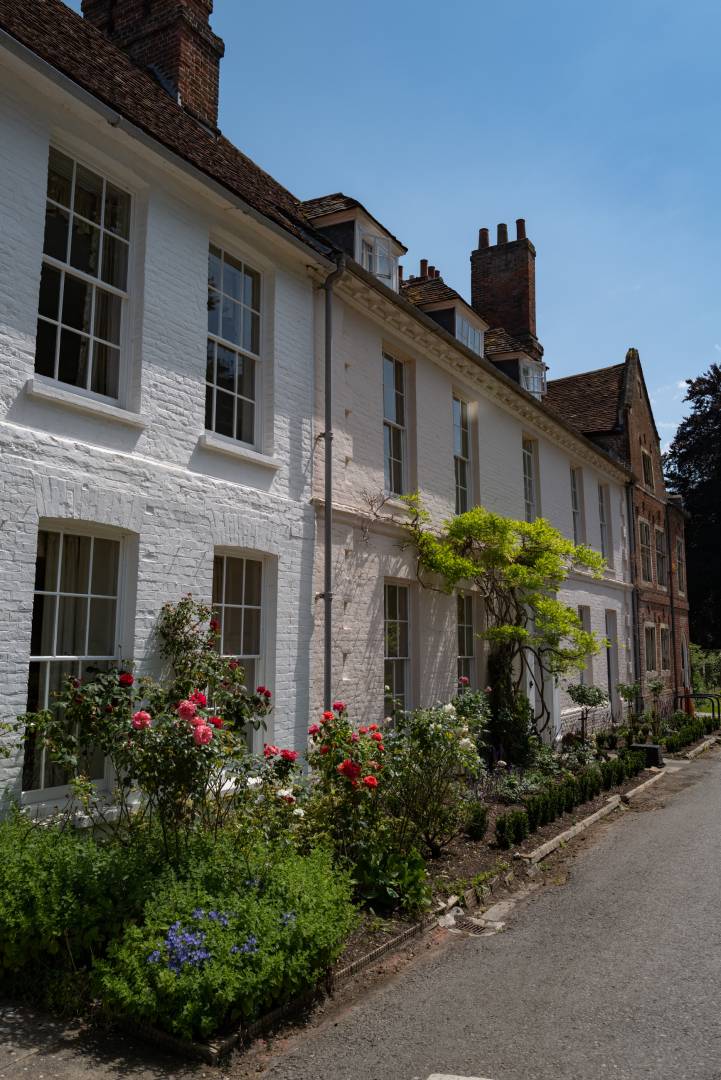
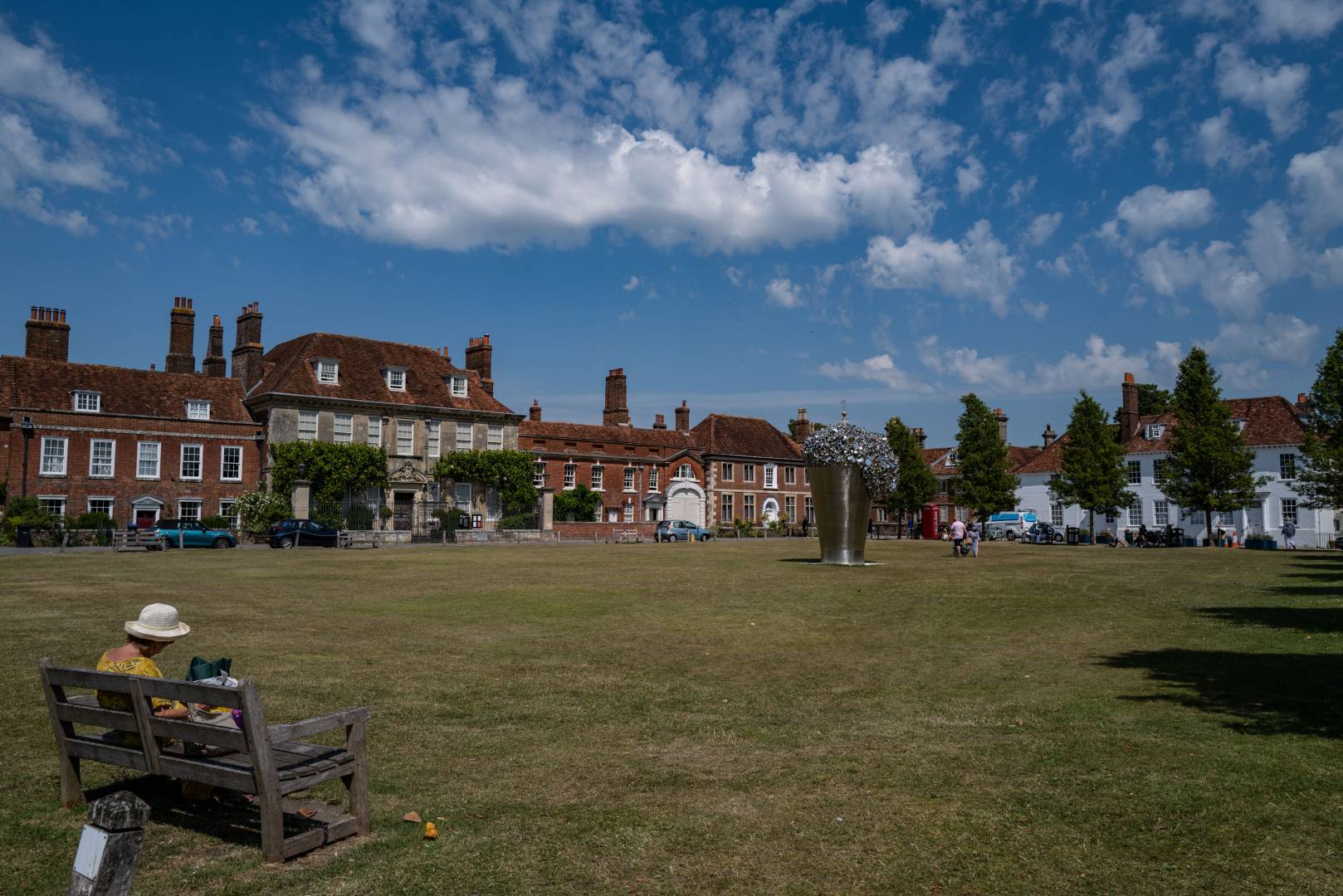
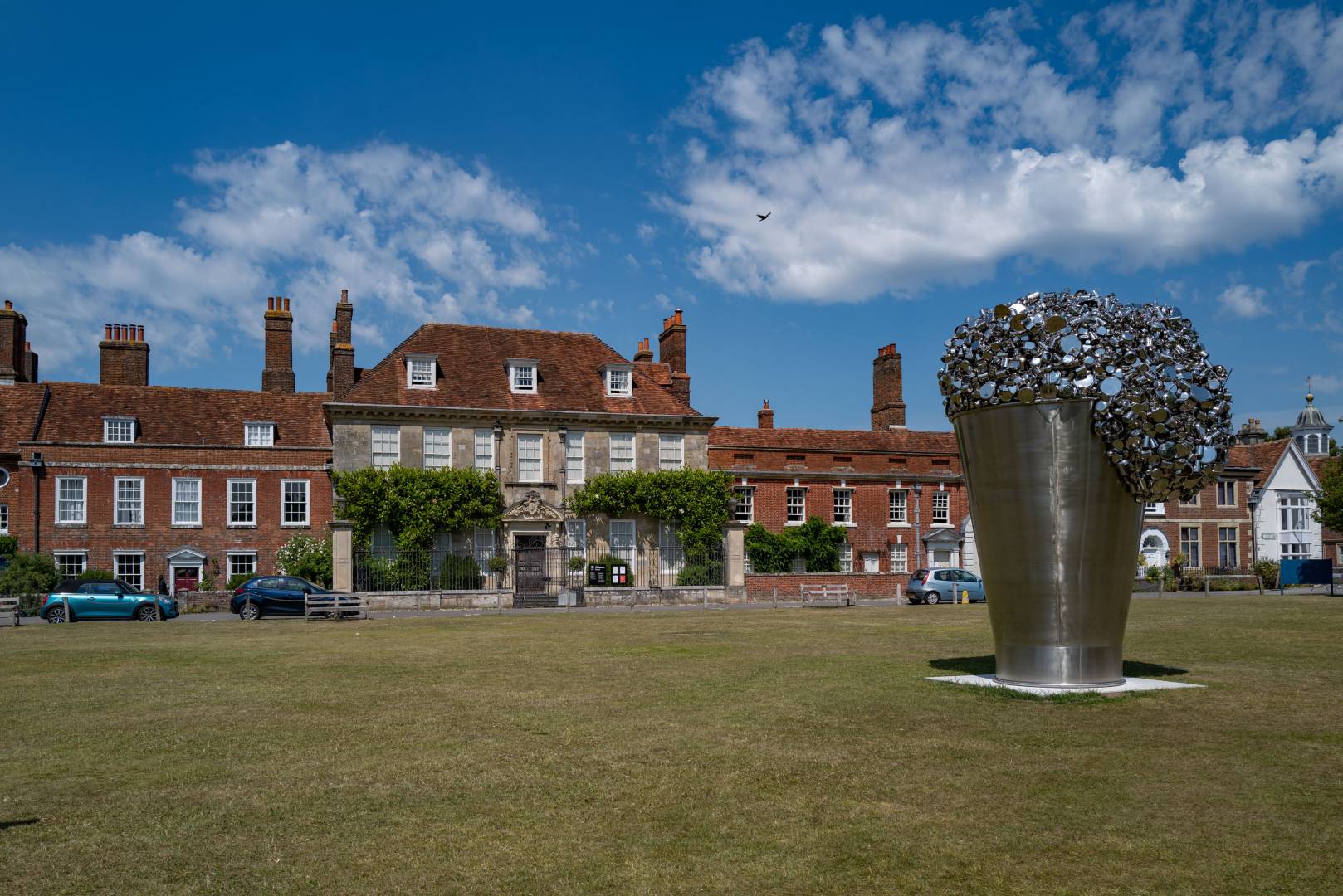
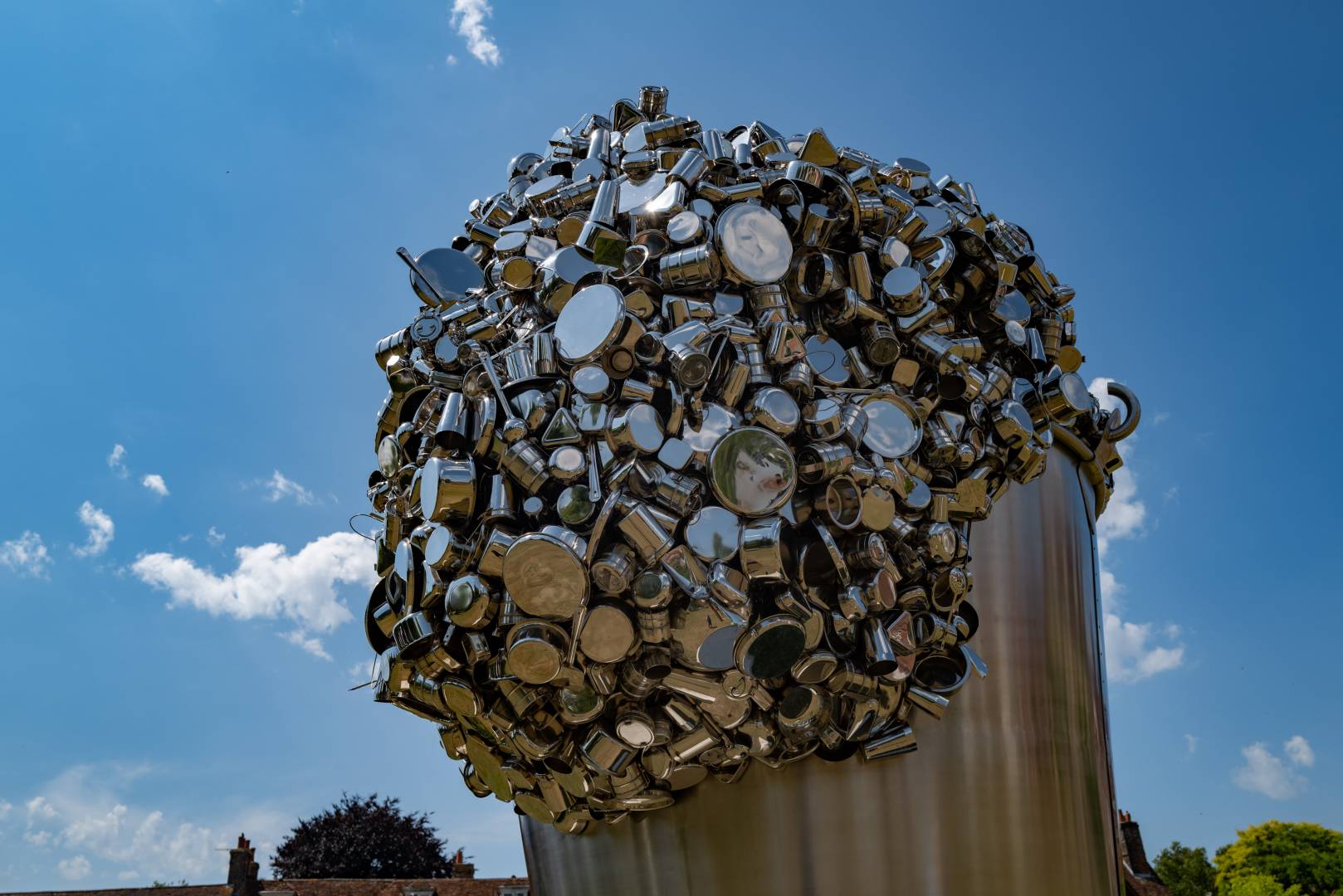


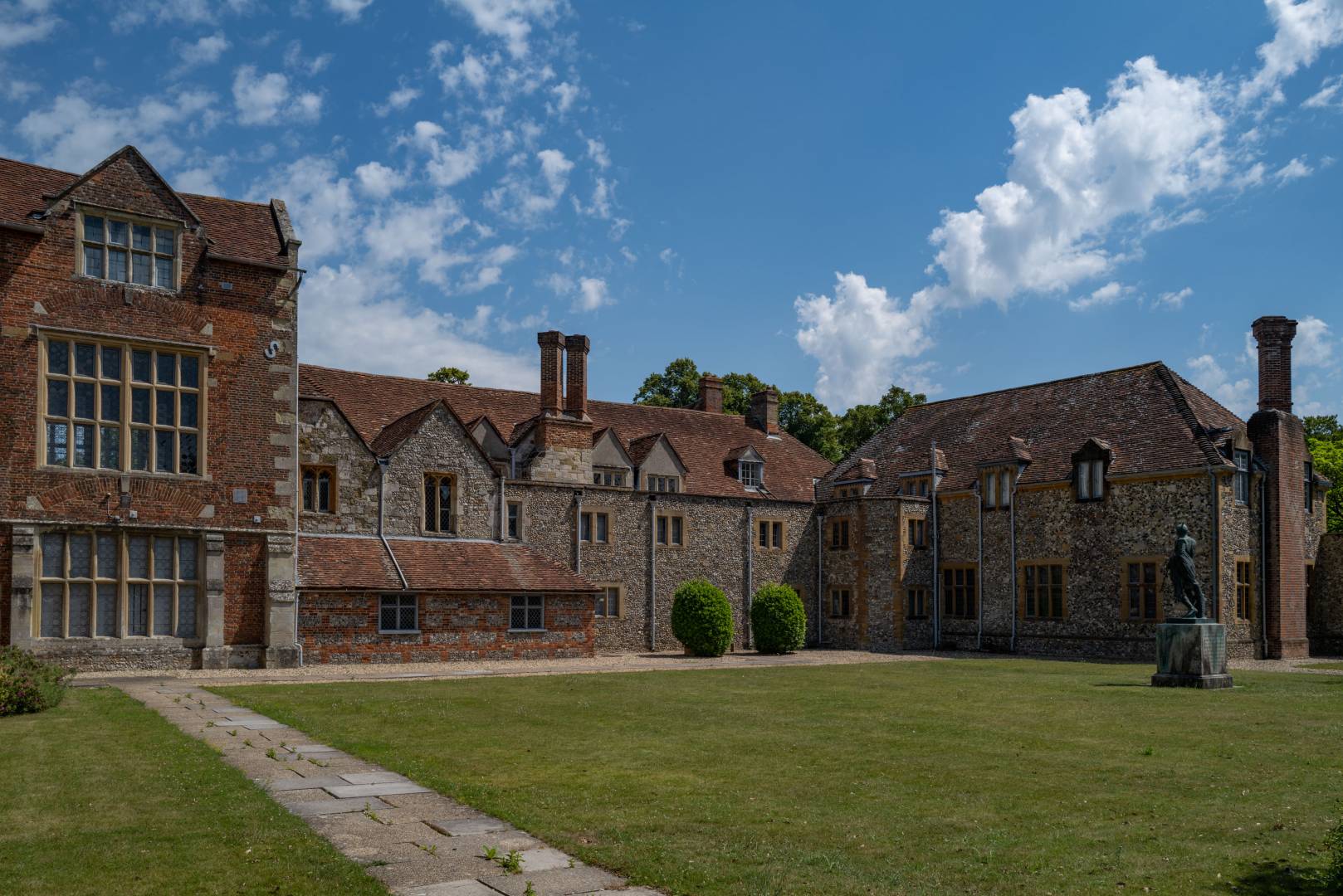
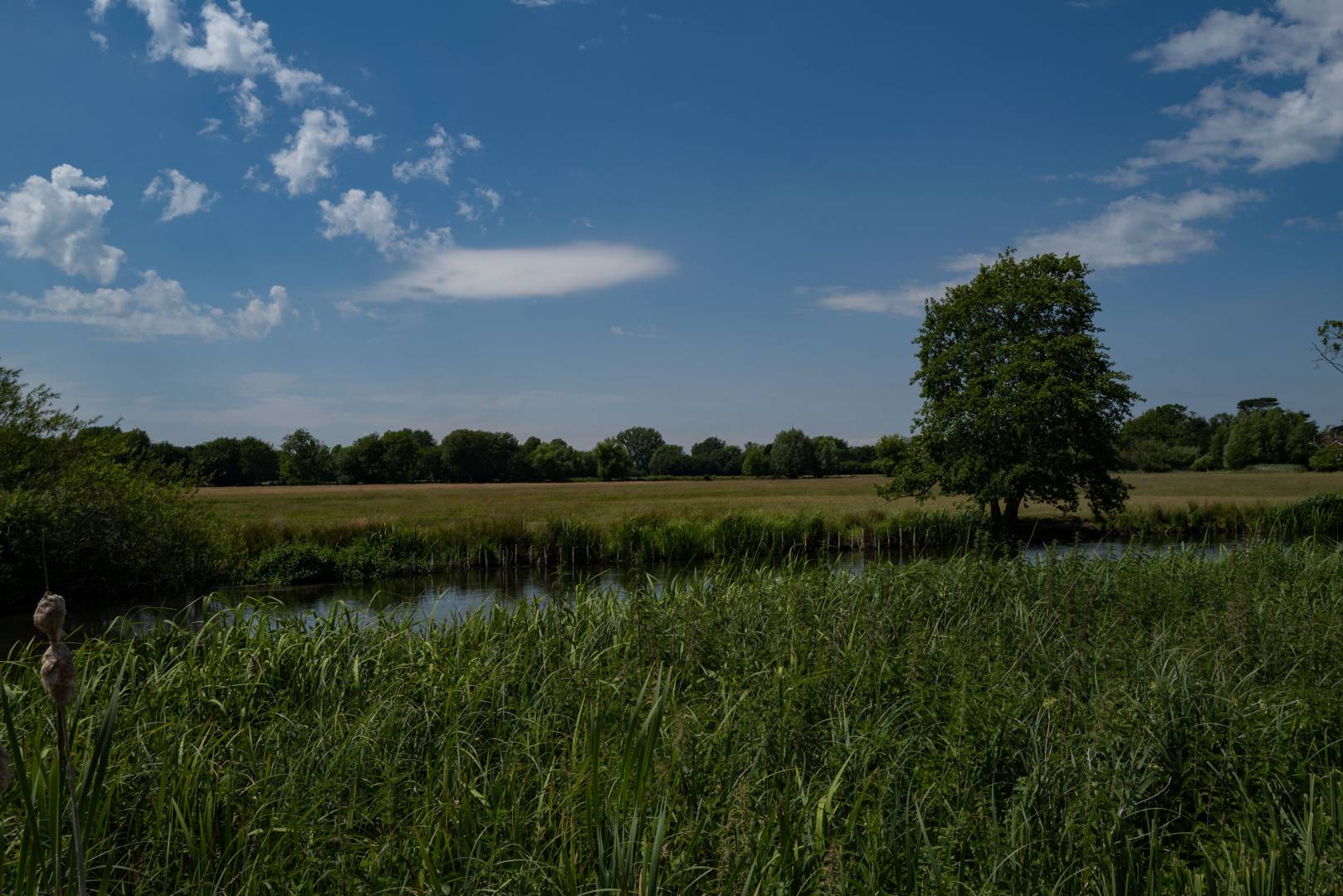
Thanks for the reminder that it’s a beautiful city. Medieval cities like Salisbury, Lincoln and York seem to have a sense of tranquility around their core. Maybe it’s my imagination not having been over for a while.
When my parents were still alive and living in Southampton I would take drives to Salisbury and then on to Shaftesbury, coming back through country roads and small villages. There’s nothing quite like England and the beauty of the countryside.
Over here in US I’m still not daring to consider an electric vehicle. The charging infrastructure is still too sparse and Midwestern winter weather is such that you might easily not make the next charging point. Not healthy in -15C weather…
The Jaguar though is a real thing of beauty – I’ve seen a couple in a Chicago and it really stands out. Enjoy!
That green stairs look like guillotines. One sure way of reaching heaven. On another note, those blue skies and sunny weather must have made for an enjoyable day’s outing.
Thanks for the Salisbury photos, Mike. I haven’t been there since pre-digital and camera-less days. Not sure that the green stairway to heaven isn’t a desecration!
As to cars, at our age we decided to go for a Suzuki mild hybrid (= petrol with a small electric booster unit which self-charges when cruising or decelerating). Gives us 22mpg with a niftier turn of speed than 1200cc would lead you to expect and no electrici charging costs. We decided our driving life expectancy is too short to do the CO2 break-even, whether on a hybrid or full electric, given the CO2 cost of manufacturing large batteries.
Nice journey through one of my favourite places in England. If the ferries between our side of France and England had sailed, I would probably have stopped on the way to visit my daughter. The cathedral close is really magnificient. Hope I can take my X2 there soon
Nice to see you getting out and about in the new car, and making the most of it. What we need now is John S to write an article about the cost of doing one his long drives in a 1970’s Porsche, so we can compare the costs. My old oil burning ecosystem destroying Toyota Diesel used to do 70mpg, and would regularly go further than that, and I could drive to the Lakes from Kent without even thinking about fuel.
I do love those blues in summer skies that a Leica produces, they are so warm and inviting.